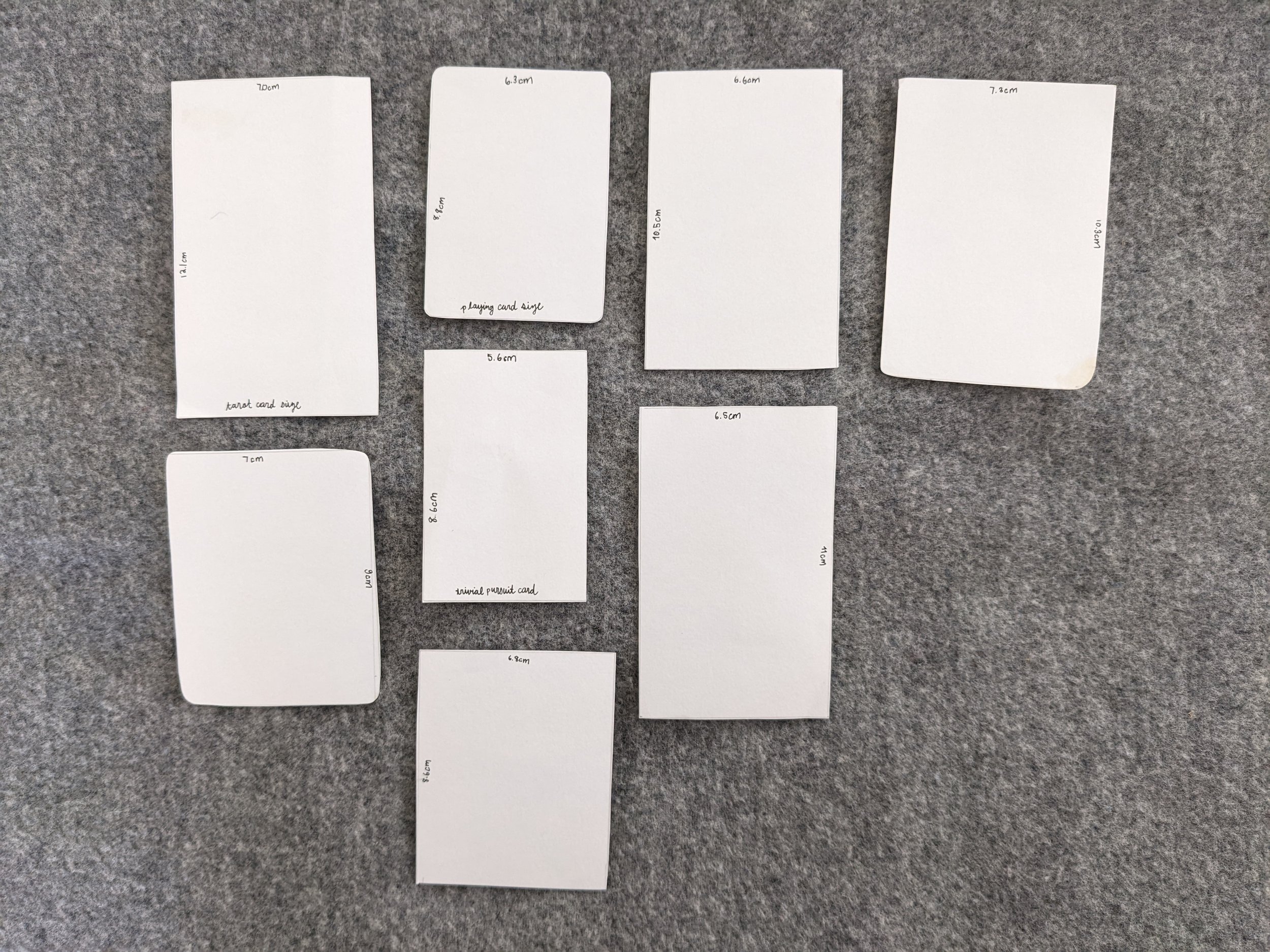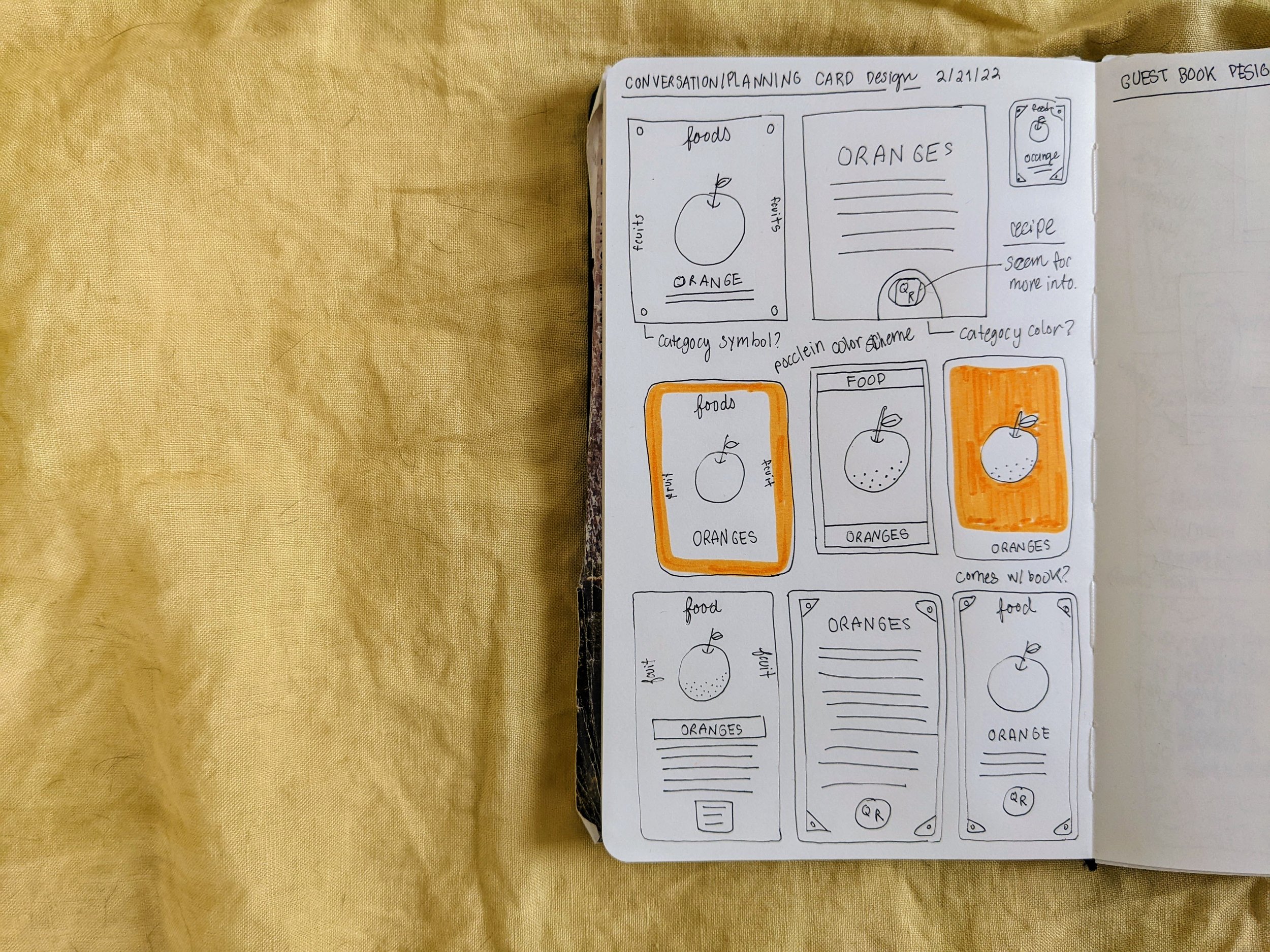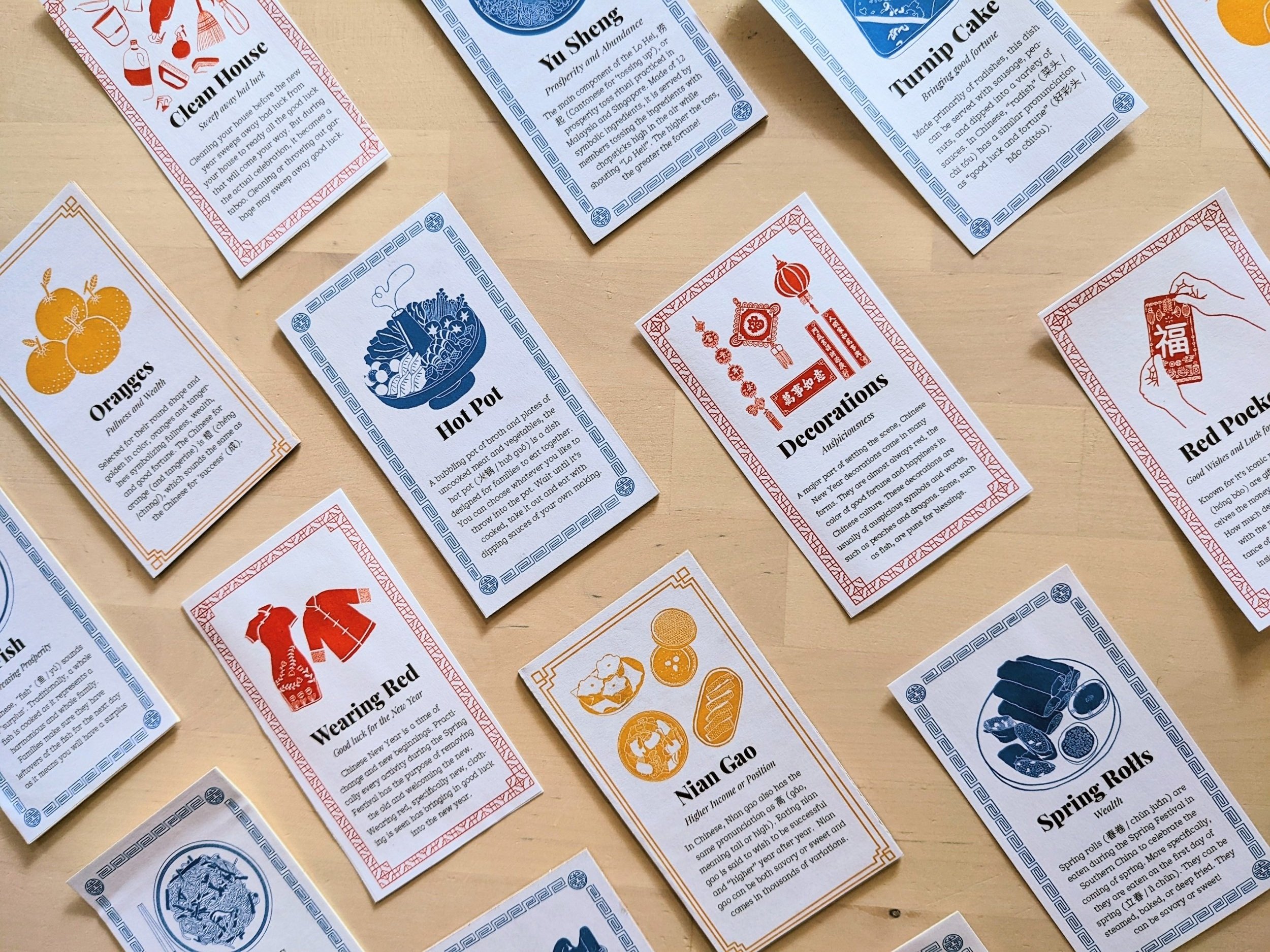Cards of Culture: More than Red Pocket Edition
NYU M.S. Integrated Digital Media - Thesis Project
September 2021 - May 2022 (Continuing)
Ephemera of illustrated customs and ritual cards to encourage people to learn about and become active participants in Chinese New Year rituals. Read my thesis on Proquest↗ or thesis as pdf↗
The cards are a part of a party service design system that welcomes people — regardless of their identity or level of familiarity — into Chinese New Year celebrations and rituals. Through my design, I encourage people to explore how their own personal identities have uniquely shaped their cultural celebrations, educate my audience about Chinese New Year rituals, and hope to inspire my audience to imagine how we might engage with both new and familiar rituals.
Tools
Procreate
Adobe Photoshop
Skills
Illustration
Graphic Design
User Research
Experience Design
Service Design
Team
Som Liengtiraphan (Illustrator, Designer, Writer, Researcher)
The Cards
Flexible and adaptable card set to enable users to learn more about specific rituals and customs that occur during Chinese New Year
The goal for the cards is to empower users to become active participants in the party’s planning and execution. My card set was designed to be adaptable and customizable to whatever way the users wanted to use them There were no set rules or usage, but rather suggestions and inspiration. For example, the cards could be used as part of a game, to plan the menu, to teach children, etc.
Research
I wanted to find out what were the reasons people stop celebrating Chinese New Year. The research phase for these cards consisted of surveys and cultural probes. The findings are synthesized into 3 main issues: lack of knowledge, unreliability with traditional rituals, and feeling like an observer, not a participant.
As my research focused on memories, perspective, imagination, and identity, these methods were chosen for their advantages in giving participants time and space to really reflect on their answers and a diverse range of ways to think about them. The cultural probe was a package of 7 activities. All materials were designed during Figma. You can view the public Figma files here.
Using the insights, I brainstormed and test many ideas. Unstructured cultural cards came out on top.
Process Summary
The creation process started with many physical prototypes and mood boards to determine the look and feel of the cards. Afterward, templates were made to streamline the illustration process.
I started by cutting out different standard card sizes. I wanted to feel the cards in my hands and see which size felt right. The paper cutouts also helped me to visualize the amount of information each card could contain. In the end, I chose the tarot card size. I then created mood boards on Figma to determine possible styles for the cards. This helped me to determine the parameters of the cards: illustrated picture of the item/ritual, the name of the item/ritual, and a short description of the item/ritual.
From there I made multiple sketches of the layout and styles for the cards. These were tested with users at each iteration to narrow down the options. I focused on the form of the card first as I found that finalizing the form of my medium first made the production process more efficient because I only needed to worry about the illustration and content. Once all physical and style aspects of the cards were determined, a template was created in Photoshop.
After the form template was determined, I created a database for the card contents on Notion. This helped me keep track of all my cards and made it easy for me to share with people to help me proofread the content and check the translation of the Chinese characters. After this step, all that was left was illustrating the cards. The production ends with combining the content and illustration on the template and sending it off to be printed.























